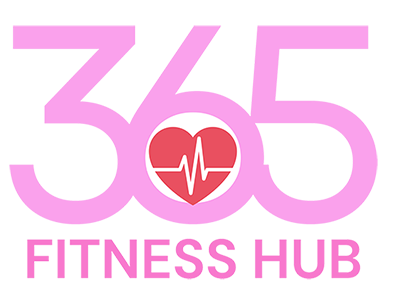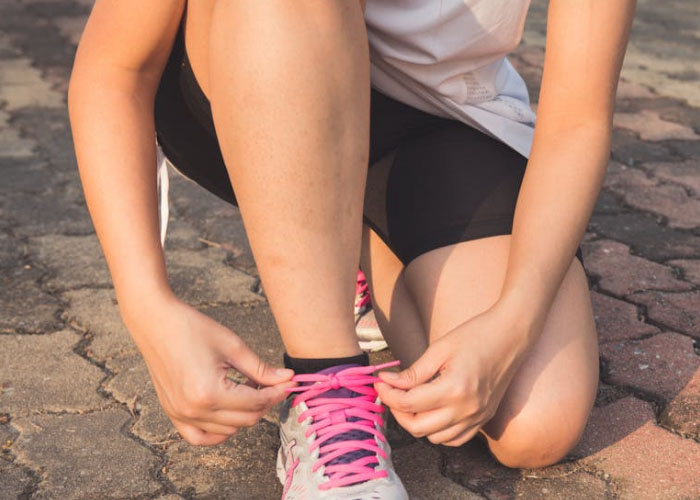How to Choose the Right Running and Walking Shoes: Essential for Your Fitness and Foot Health
Choosing the right running and walking shoes is crucial for anyone committed to maintaining overall fitness and foot health. The correct footwear can enhance performance, prevent injuries, and provide the necessary support and comfort for your daily activities. This article will guide you through the process of selecting the ideal shoes and emphasize their importance for your overall well-being.
Why Choosing the Right Shoes Matters
Wearing the right shoes can significantly impact your fitness routine and long-term foot health. Here are some key reasons why it’s essential:
Injury Prevention: Proper shoes can prevent common injuries such as blisters, plantar fasciitis, shin splints, and stress fractures.
Support and Stability: Good shoes provide adequate support for your arches and ankles, reducing the risk of sprains and other injuries.
Comfort: Comfortable shoes make your walking or running experience more enjoyable, encouraging consistency in your fitness routine.
Performance: The right shoes can enhance your performance by providing better traction, cushioning, and energy return.
Steps to Choose the Right Shoes
- Understand Your Foot Type
Before purchasing shoes, it’s important to understand your foot type. There are three main types:
Neutral Arch: If you have a neutral arch, your foot tends to pronate (roll inward) slightly, which is ideal for absorbing shock. Look for shoes with balanced cushioning and support.
Low Arch (Flat Feet): Flat feet tend to overpronate, meaning they roll inward excessively. Stability or motion control shoes with firm midsoles can help prevent this.
High Arch: High arches tend to underpronate (roll outward). Cushioned shoes with a softer midsole can help absorb impact and provide better shock absorption.
- Know Your Activity
The type of activity you engage in also determines the kind of shoes you need:
Running Shoes: Designed to handle the forward motion and higher impact of running. They offer more cushioning and flexibility.
Walking Shoes: Built for the lower impact and longer contact with the ground involved in walking. They often have a more rigid structure to provide stability.
- Get the Right Fit
A proper fit is paramount. Here’s how to ensure your shoes fit correctly:
Measure Your Feet: Have your feet measured professionally to determine the correct size. Feet can change size over time, so this step is crucial.
Try Shoes On: Always try shoes on later in the day when your feet are slightly swollen. Wear the type of socks you’ll use during your activity.
Check the Fit: There should be about a thumb’s width of space between your longest toe and the end of the shoe. The shoes should be snug but not tight.
- Test the Shoes
Walk or jog around the store to ensure the shoes are comfortable and provide the support you need. Pay attention to any pressure points or areas of discomfort. - Consider the Shoe’s Lifespan
Running and walking shoes have a lifespan, typically between 300-500 miles. Regularly inspect your shoes for signs of wear and replace them as needed to maintain proper support and cushioning.
Importance of Quality Footwear for Overall Fitness and Foot Health
Investing in high-quality running and walking shoes is not just about comfort; it’s about ensuring your overall fitness and foot health. Here’s why:
Enhanced Performance: The right shoes can improve your performance by providing better energy return and reducing fatigue.
Reduced Risk of Chronic Issues: Proper footwear can prevent chronic foot and lower limb issues, such as bunions, calluses, and Achilles tendonitis.
Long-Term Health: Good shoes support proper alignment of your feet, which can improve your posture and reduce strain on your knees, hips, and lower back.
Consistency: Comfortable shoes make you more likely to stick with your fitness routine, contributing to better overall health.
Conclusion
Choosing the right running and walking shoes is essential for enhancing performance, preventing injuries, and ensuring long-term foot health. By understanding your foot type, activity needs, and proper fit, you can make informed decisions that will support your fitness goals and overall well-being. Investing in quality footwear is an investment in your health, comfort, and future fitness achievements.

